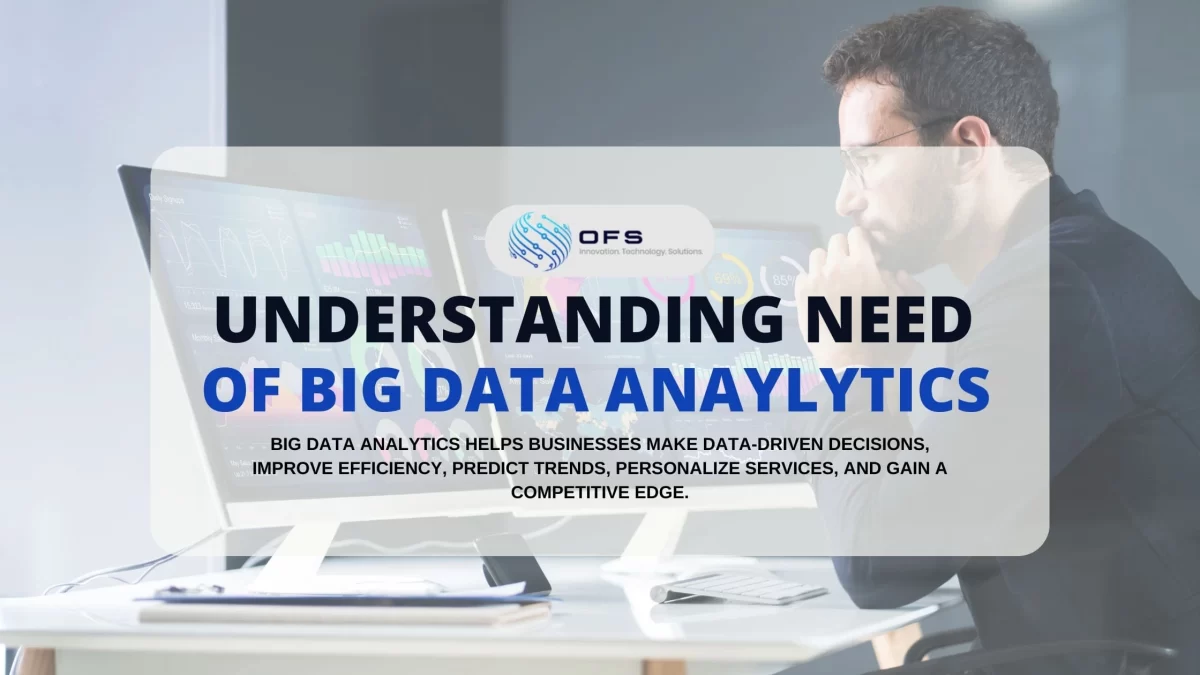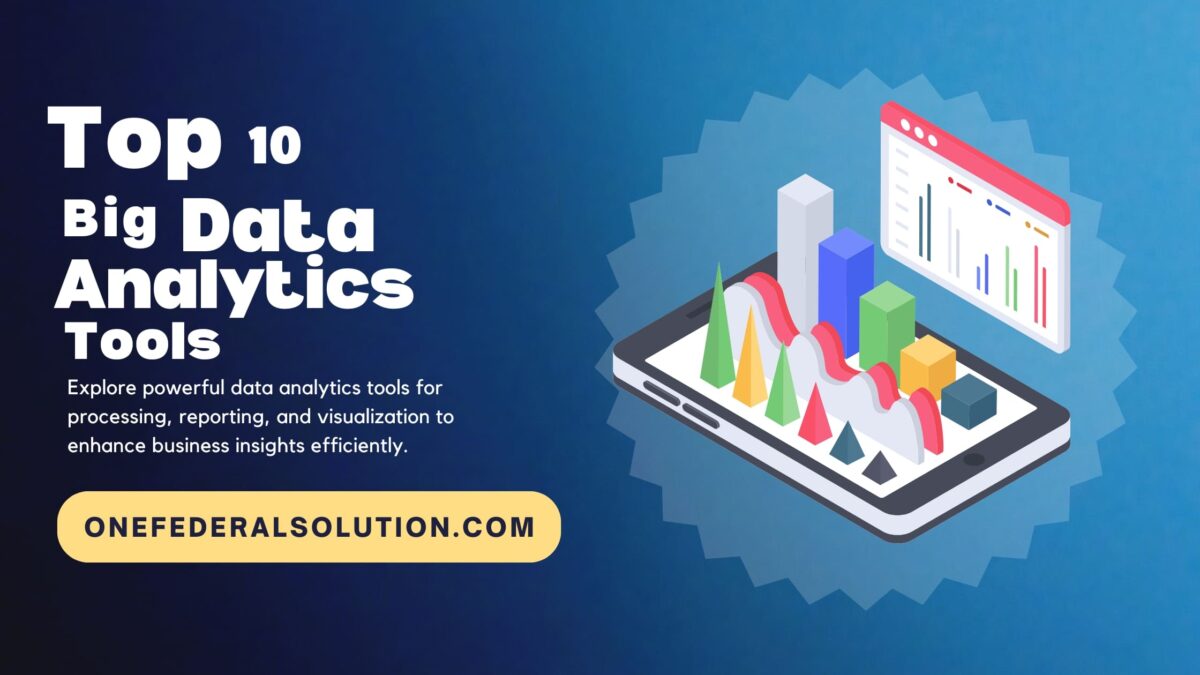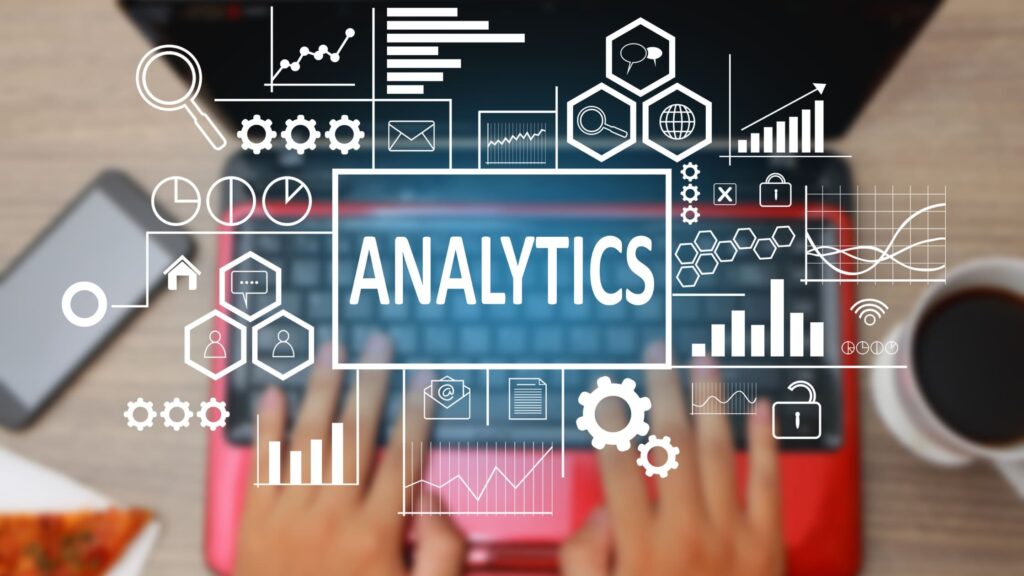Every time we use digital devices, like browsing websites, using apps, or shopping online, we leave behind data trails.
These actions create a trail of information, like location, preferences, and behavior, which are tracked and stored by various platforms and services. Businesses use this information to improve consumer satisfaction, boost marketing, and personalize products.
For instance, a streaming service may propose shows based on your past viewing habits, or an online retailer may make product recommendations based on your browsing history.
When data gets big and complicated and hard to manage and analyze, it’s called big data.
Here we will discover the purpose of big data analysis, why it’s important, and how big data is changing industries and our lives.
What is Big Data Analytics?
In big data analytics, large amounts of data are analyzed to find hidden patterns, correlations, and insights to inform better decisions.
It involves using advanced tools and techniques to analyze structured and unstructured data. Data comes in many forms, from social media posts to transactional data and big data analytics helps make sense of it all.
Big data analytics, in contrast to typical data processing techniques, works with data that is too large or complicated for standard database management tools to handle.
By using cutting-edge technologies like machine learning, artificial intelligence, and data mining organizations can extract insights that would otherwise remain hidden.
The Growing Need for Big Data Analytics
One of the main reasons big data analytics is so important today is because of the sheer amount of data being generated globally. With the rise of the internet, smartphones, IoT devices, and social media the world is creating more data than ever before. In fact, by 2025 the world will be generating over 463 exabytes of data every day!
With all that information businesses and organizations are struggling to find ways to process and analyze it all. That’s where big data analytics comes in. By using this technology, organizations can make sense of large datasets, find patterns, and draw conclusions that inform strategic decision-making.
In short, the need for big data analytics is essential to cope with the complexity of the data-driven world we live in.
The Purpose of Data Analysis

By analyzing data properly, businesses can:
Uncover Insights:
Data analysis reveals insights that would otherwise be hidden. For example, a business might analyze customer buying habits to see which products are most popular or what influences a buying decision.
Make Data-Driven Decisions:
Data analysis allows businesses to make decisions based on facts, not guesswork. For example, an e-commerce company might analyze website traffic data to optimize its sales funnel and increase conversions.
Optimize Operations:
By analyzing operational data organizations can streamline their processes and find areas to improve. Big data, for instance, could be used by a logistics company to optimize its delivery routes, save expenses, and speed up delivery.
Forecast Trends:
The ability to predict future trends is among the most potent features of data analysis. Through predictive analytics, businesses can see potential market changes, customer behavior shifts, and emerging opportunities.
The ultimate goal of data analysis is to provide actionable insights that lead to better decisions, greater efficiency, and a competitive edge in the market.
Why Is Data Analysis Important?
So now you might be thinking, why is data analysis important? The answer is simple: data analysis helps businesses, governments, and organizations in all sectors make better decisions that deliver better outcomes. Here are a few reasons why data analysis is so important today:
Better Decision Making:
Organizations are able to make better judgments when they employ data analysis. Data-driven decisions produce better results than those based on intuition or anecdotal evidence. To find the optimal pricing model for its products, for instance, an insurance firm may do data analysis.
Improved Customer Experience:
Data analysis enables companies to comprehend the requirements, desires, and actions of their customers.
By analyzing customer data companies can personalize their services and products so that customers have a more tailored and satisfying experience.
Spur Innovation:
Data analysis reveals gaps in the market and new opportunities for innovation. For example, tech companies can analyze usage patterns of their products to see what users love and where they need improvement.
Reduce Costs:
By analyzing internal processes, businesses can find inefficiencies and cut costs. For example, manufacturing companies use data analysis to optimize production schedules and reduce waste to increase profitability.
The Role of Big Data Analytics Across Industries

Big data analytics isn’t just important for businesses; its impact is felt across a variety of industries, transforming how sectors such as healthcare, finance, retail, and education operate.
In Healthcare:
Big data analytics can help healthcare providers improve patient outcomes by analyzing medical records, tracking disease outbreaks, and predicting future health trends.
In Finance:
Big data analytics is used by financial institutions to identify fraudulent activity, evaluate risk, and decide which investments to make.
In Retail:
Big data is being used by retailers in the retail industry to forecast customer behavior, improve inventories, and customize the shopping experience.
In Education:
Big data can transform the education sector by improving student learning outcomes, optimizing curricula, and predicting student performance.
Challenges of Big Data Analytics
These challenges include data privacy concerns, data security risks, and the need for skilled professionals to interpret complex datasets.
Above all, managing the sheer volume and variety of data can be daunting for many organizations without the right infrastructure and tools in place.
But as technology advances, these concerns can be efficiently addressed, making it simpler for businesses to embrace big data analytics and realize its full potential.
Over to You…
The purpose of data analysis goes beyond simply organizing information; it helps businesses make smarter choices, enhance customer experiences, and drive innovation.
As we move further into the age of data, embracing big data analytics will be crucial for success in the future. In other words, it won’t be a luxury anymore. Consider data analytics now to get an edge over your competitors who haven’t yet.



